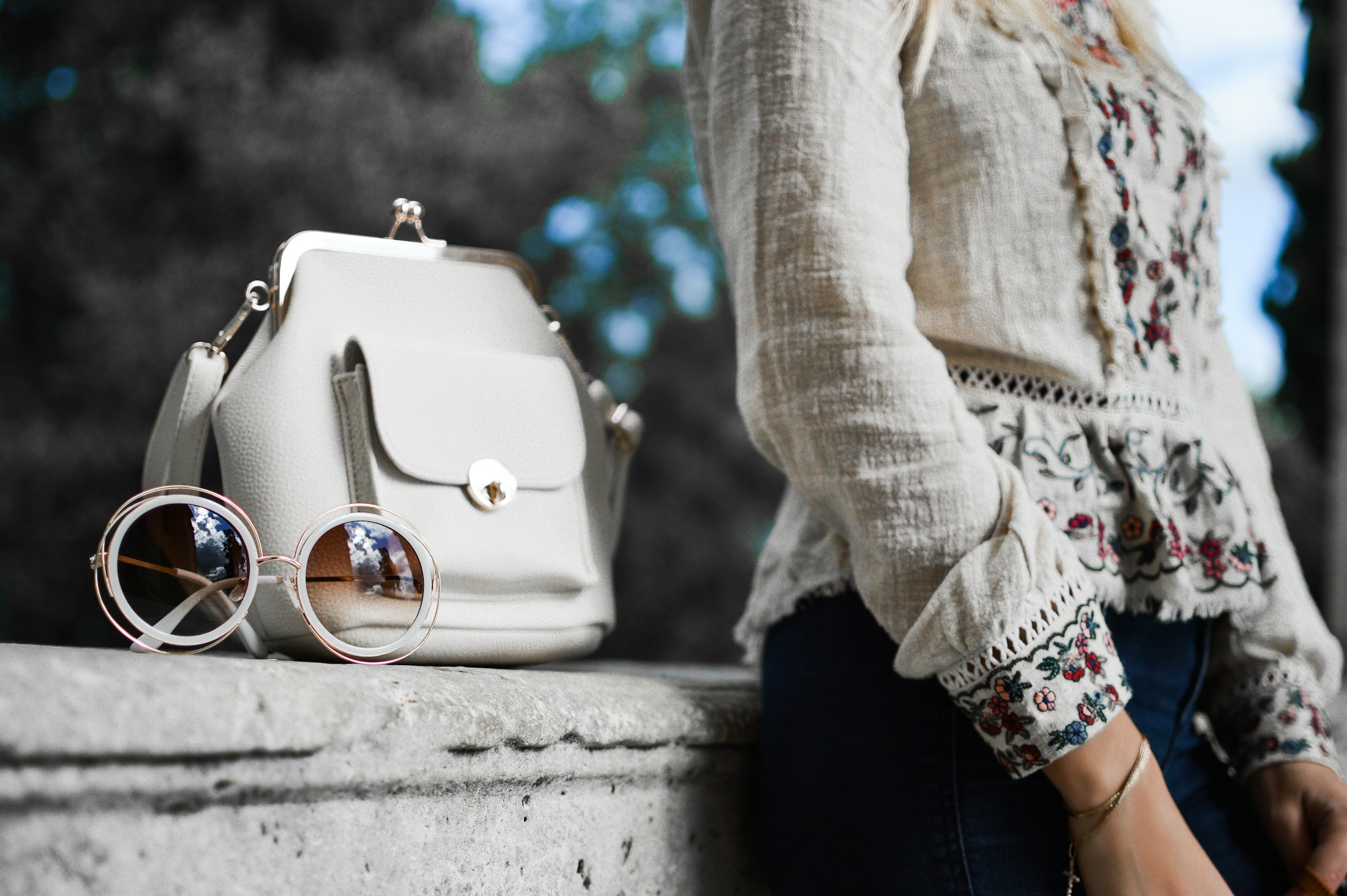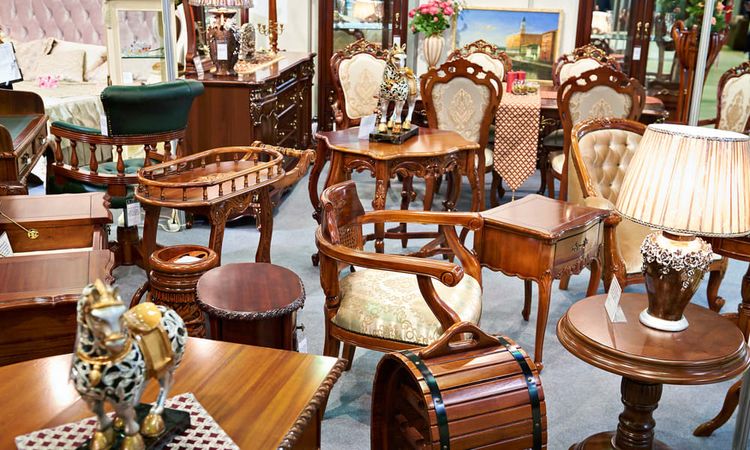Spring Dresses for Older Women: A Practical Guide to Fit, Fabrics, and Styling
Finding the perfect spring dress becomes easier when you understand what works for your body, lifestyle, and personal style. As women mature, their preferences often shift toward comfort, quality, and versatility without sacrificing elegance. This guide explores practical considerations for selecting spring dresses that offer both style and comfort, helping you build a wardrobe that reflects confidence and sophistication through thoughtful choices in silhouette, fabric, color, and fit.

Spring brings fresh opportunities to refresh your wardrobe with dresses that combine comfort and style. For mature women, selecting the right dress involves understanding how different elements work together to create a flattering, comfortable look that suits various occasions. This practical guide covers essential considerations from silhouette selection to proper care, helping you make informed decisions about your spring dress purchases.
Choosing the Right Silhouette for Your Body Shape
Understanding your body shape helps identify silhouettes that provide comfort and confidence. A-line dresses work well for many body types, skimming over the midsection while providing structure at the shoulders. Empire waist styles offer comfort for those who prefer less definition at the natural waistline, while wrap dresses create adjustable fit and visual balance. Shift dresses provide ease of movement and work particularly well for rectangular body shapes. Fit-and-flare styles add feminine shape without clinging, making them versatile for various occasions. Consider your proportions when selecting length: midi lengths typically flatter most body types, while knee-length options work well for petite frames. The key is selecting styles that allow comfortable movement while providing appropriate coverage for your comfort level.
Fabrics and Comfort: Lightweight and Breathable Options
Fabric selection significantly impacts comfort during spring’s variable temperatures. Natural fibers like cotton and linen offer excellent breathability and moisture-wicking properties, making them ideal for warmer days. Cotton blends combine durability with easy care, while linen provides a relaxed, sophisticated appearance despite its tendency to wrinkle. Rayon and modal offer soft, flowing drapes that work well for dressier occasions while remaining comfortable. Lightweight knits provide stretch and forgiveness, adapting to body changes throughout the day. Consider fabric weight: lighter weights work for layering, while medium weights provide structure without bulk. Look for fabrics with some natural stretch for ease of movement. Avoid heavy synthetics that trap heat, though some modern performance fabrics offer breathability. Pre-washing or checking care labels helps prevent surprises with shrinkage or color bleeding.
Color, Prints, and Patterns That Flatter Mature Skin Tones
Color and pattern choices can enhance your natural coloring and create visual interest. Jewel tones like sapphire, emerald, and amethyst often complement mature skin beautifully, while softer shades like coral, periwinkle, and sage provide gentle contrast. Warmer undertones typically pair well with peachy pinks, warm browns, and golden yellows, while cooler undertones shine in true blues, soft grays, and berry shades. Medium-scale prints generally flatter more than very large or tiny patterns. Florals remain classic for spring, with smaller, more sophisticated prints offering timeless appeal. Geometric patterns and abstract designs provide modern alternatives. Vertical patterns or strategically placed prints can create lengthening effects. Consider placing patterns away from areas you wish to minimize. Solid colors offer versatility and easy mixing with accessories, while prints add personality and can hide minor stains better than solids.
Dressing for Occasions: Casual Days, Workwear, and Special Events
Versatility matters when building a practical spring dress wardrobe. For casual days, cotton shirt dresses or jersey knit styles paired with comfortable sandals or sneakers offer effortless style. Add a denim jacket or cardigan for cooler mornings. Professional settings call for structured dresses in solid colors or subtle patterns, typically in knee to midi lengths. Pair with blazers and closed-toe shoes for polished appearances. Special events require consideration of dress codes: garden parties suit floral prints and flowing fabrics, while evening events may call for dresses in richer fabrics like silk blends or textured materials. Consider sleeve length based on comfort and occasion: three-quarter sleeves offer coverage while remaining seasonally appropriate, while sleeveless styles work well for layering. Keep accessories simple and purposeful, allowing the dress to serve as your foundation.
Fit, Alterations, and Care Tips to Extend Dress Life
Proper fit transforms an average dress into a wardrobe staple. Shoulders should lie flat without pulling or gaping, with armholes sitting comfortably without binding. Waistlines should rest at your natural waist or intended design point without rolling or twisting. Hems should fall evenly all around, and closures should fasten without straining. Simple alterations like hemming, taking in side seams, or adjusting shoulder straps significantly improve fit and comfort. Many department stores offer alteration services, or seek local tailors for more complex adjustments. For care, always follow garment labels, but general rules apply: wash darks separately, use cold water for most fabrics, and air dry when possible to prevent shrinkage. Store dresses on proper hangers to maintain shape, using padded hangers for delicate fabrics. Address stains promptly, and consider professional cleaning for special occasion dresses. Rotate your dresses regularly to prevent excessive wear on favorites. With proper care, quality spring dresses can serve you for many seasons.
Building a spring dress wardrobe that works for your lifestyle involves thoughtful consideration of multiple factors. By focusing on flattering silhouettes, comfortable fabrics, appropriate colors, and proper fit, you create a collection that serves various occasions while reflecting your personal style. Remember that the best dress is one that makes you feel confident and comfortable, regardless of trends. Invest in quality pieces that align with your needs, and maintain them properly to maximize their lifespan and value.




